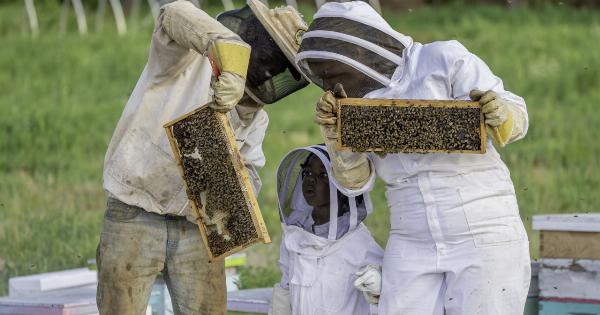As parents, it is our responsibility to provide our children with accurate and age-appropriate information about their bodies, sexuality, and healthy relationships. One topic that might come up as children grow and explore their bodies is masturbation.
While discussing masturbation with children can feel uncomfortable or awkward, it is important to approach this topic with openness, honesty, and sensitivity. In this article, we will provide you with guidance on how to answer children’s questions about masturbation.
What Is Masturbation?
Masturbation is the act of touching one’s own genitals for sexual pleasure. It is a completely normal and natural behavior that many people engage in, including children and adults of all genders.
Explaining masturbation to children involves using age-appropriate language and emphasizing that it is a private activity that is typically done in the privacy of one’s own bedroom or bathroom.
Why Do People Masturbate?
When children ask why people masturbate, it is essential to explain that masturbation is a normal way for individuals to explore their bodies, learn about their feelings, and experience pleasure.
It is important to mention that people may masturbate for various reasons, such as curiosity, relaxation, stress relief, or because it feels good.
Is It Okay to Masturbate?
Reassure your child that masturbation is perfectly normal and healthy. Explain that it is a natural part of human sexuality and that most people, at some point in their lives, engage in masturbation.
Emphasize that it is a personal choice and that it is important to respect their own body and boundaries.
Where Should I Masturbate?
Talking to children about the appropriate places to engage in masturbation is crucial.
Explain that masturbating is considered a private activity, and it is generally done in the privacy of one’s own room, bathroom, or somewhere where they can have privacy and comfort. Reinforce the importance of respecting others’ privacy as well.
When Is a Good Time to Masturbate?
It’s vital to let children know that masturbation is a personal activity that should be done in a time and place where they feel safe and comfortable.
Explain that self-touching should be done in a private space when they have enough time to themselves, such as before or after bathing or when they are alone in their bedroom.
What if Someone Sees Me or Walks in?
Children may worry about being caught or seen while masturbating. Reassure them that they should prioritize their privacy and create a safe space for themselves.
Teach them the importance of locking doors, closing curtains, or having a “do not disturb” sign on their bedroom door to help prevent incidents that might make them uncomfortable.
Is Masturbation Only for Boys?
Explain to your child that masturbation is not just for boys; it is a natural behavior for individuals of all genders. It is essential to debunk the myth that only boys or men engage in masturbation.
Provide examples and assure them that people of all genders, including girls, engage in masturbation as part of their sexual development.
Are There Any Risks or Dangers?
Masturbation is a safe and healthy activity. However, it is important to talk to your child about the appropriate ways to engage in self-touching.
Explain that it should be done with clean hands and that they should avoid using objects that could be harmful, such as sharp or dirty items. Encourage them to ask for help if they have any concerns or questions.
What Are Some Other Ways to Feel Good, Besides Masturbation?
Discuss with your child that while masturbation is one way to experience pleasure, there are also alternative activities that can make them feel good.
Suggest non-sexual activities such as engaging in hobbies, spending time with loved ones, participating in sports, listening to music, or enjoying other activities that bring joy or relaxation.
When Should I Talk to Someone if I Have Questions or Feel Uncomfortable?
Explain to your child that they can always come to you with any questions or concerns they have about their bodies, sexuality, or anything else that makes them feel uncomfortable.
Let them know that you are there to support and provide accurate information whenever they need it. If they prefer, you can also suggest trusted adults, such as teachers, counselors, or healthcare professionals.





























